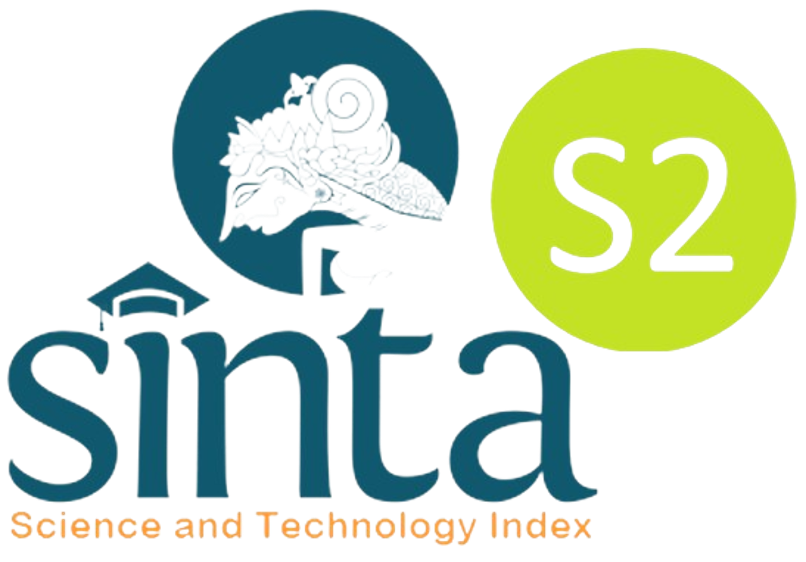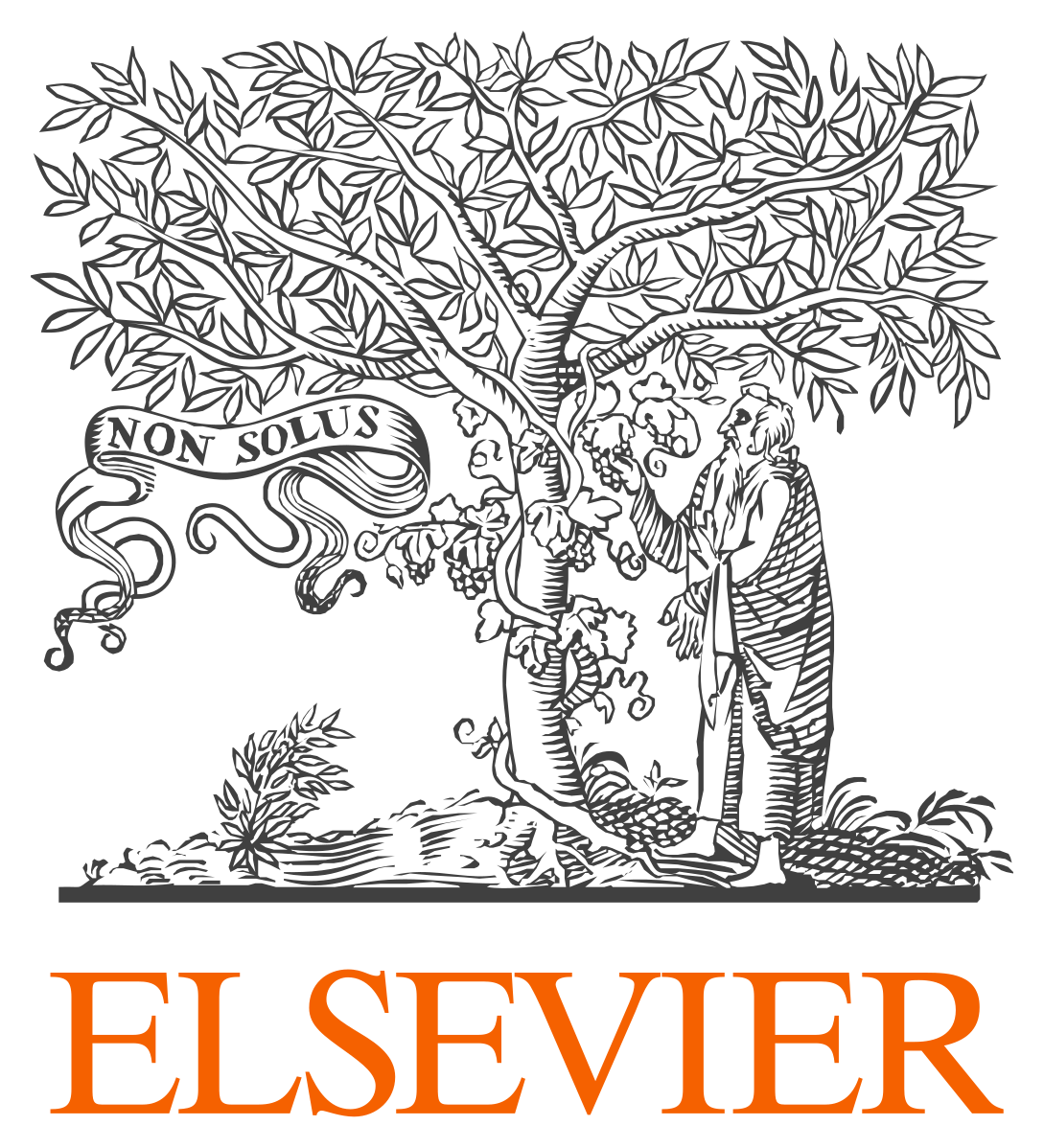
Hyperparameter Tuning to Improve Object Detection Performance in Handwritten Images
Muhammad Haviz Irfani, Samsuryadi, Abdiansah, Rudi Heriansyah, 2024
Object detection in handwritten images is a complex challenge due to variations in writing styles, letter sizes, and environmental conditions when handwriting is created. The You Only Look Once (YOLO) method has shown promising results in detecting objects in real-time in various types of images. However, YOLO performance is highly dependent on optimal hyperparameter tuning for a specific detection task. Hyperparameter tuning is a crucial step in improving object detection performance, especially in the context of handwritten images. This research aims to optimize YOLO hyperparameters to increase the accuracy of object detection in handwritten images. Some tuned hyperparameters are momentum, weight_decay, learning rate, batch size, and epoch. This research was carried out for 49 training sessions using the YOLOv8 and CUDA version 11.8 frameworks with a primary dataset obtained of 44 pieces of diverse handwriting, including various variations of handwriting styles that were consistent in lighting conditions, type and size of paper and pen, form format, and healthy physical and psychological conditions.
https://doi.org/10.1109/ICICYTA64807.2024.10913390
Detection and Classification Disease Citrus Nobilis Lour Using Convolutional Neural Network Method
Muhammad Tsaqib, Zaid Romegar Mair, Gasim, Rudi Heriansyah, Herri Setiawan, 2024
Citrus Nobilis Lour, sometimes known as Siamese oranges, is the primary fruit in many nations and one of the fruits with the highest commercial worth [1]. This study makes use of data from 2000 photos, 500 photos each classthat is, the class of leaves affected by cancer, the class of leaves affected by worm disease, the class of leaves affected by Citrus Vein Phloem Degeneration (CVPD), and the class of healthy leaves after which the VGG-16 model is trained to identify and categorize the illness. This study employs Adam optimization and Stochastic Gradient Descent (SGD) optimization with VGG-16. Three trials with SGD and two trials with Adam were included in the research. This research yielded train accuracy of 72% in 40 epochs using SGD optimization and 90% in 10 epochs using Adam optimization, along with a 54% classification accuracy.
https://doi.org/10.1109/ICITRI62858.2024.10698811
Improving the Accuracy of Concrete Mix Type Recognition with ANN and GLCM Features Based on Image Resolution
Gasim, Rudi Heriansyah, Shinta Puspasari, Muhammad Haviz Irfani, Evi Purnamasari, Indah Permatasari, Samsuryadi, 2024
Concrete is an essential construction material widely used for its strength and durability. However, identifying its mix type often relies on conventional methods that are less efficient and accurate. This research evaluates the impact of image resolution on the accuracy of concrete mix type recognition using Artificial Neural Network (ANN) and Gray-Level Co-Occurrence Matrix (GLCM) features. The method involves analyzing con- crete images at four resolutions: 300 × 300, 500 × 500, 700 × 700, and 900 × 900 pixels. This study emphasizes the novelty of exploring the effect of varying image resolutions on concrete mix type recognition accuracy. While ANN and GLCM are widely used in image classification, their application to investigate the resolution’s role in concrete recognition remains underexplored in the literature. This focus contributes new insights to improving automated recognition systems for concrete mix types, enhancing accuracy and efficiency in the construction industry. The experimental results show a clear correlation between im- age resolution and recognition accuracy. Images with resolutions of 300 × 300 pixels yield an accuracy of 45%, which is inadequate for reliable classification. Accuracy improves with higher resolutions, reaching 62.5% and 70% for 500 × 500 and 700 × 700 pixels, respec- tively. Interestingly, at 900 × 900 pixels, the accuracy slightly decreases to 68%, suggesting that excessively high resolutions may introduce redundant details. The study identifies 700 × 700 pixels as the optimal resolution for accurate concrete mix classification. Future work should refine feature selection and preprocessing techniques to further optimize accuracy and computational efficiency.
https://doi.org/10.20895/infotel.v17i1.1201
Real-time Vehicle Surveillance System Based on Image Processing and Short Message Service
Agustinus Deddy Arief Wibowo, Rudi Heriansyah, 2021
This paper proposes a real-time vehicle surveillance system based on image processing approach tailored with short message service. A background subtraction, color balancing, chain code based shape detection, and blob filtering are used to detect suspicious moving human around the parked vehicle. Once detected, the developed system will generate a warning notification to the owner by sending a short message to his mobile phone. The current frame of video image will also be stored and be sent to the owner e-mail for further checking and investigation. Last stored image will be displayed in a centralized monitoring website, where the status of the vehicle also can be monitored at the same time. When necessary, the stored images can be used during investigation process to assist the authority to take further legal actions.
https://doi.org/10.30595/juita.v9i2.8728
Performance Evaluation of Digital Image Processing by Using Scilab
Rudi Heriansyah, Wahyu Mulyo Utomo, 2021
Scilab is an open-source, cross-platform computational environment software available for academic and research purposes as a free of charge alternative to the matured computational copyrighted software such as MATLAB. One of important library available for Scilab is image processing toolbox dedicated solely for image and video processing. There are three major toolboxes for this purpose: Scilab image processing toolbox (SIP), Scilab image and video processing toolbox (SIVP) and recently image processing design toolbox (IPD). The target discussion in this paper is SIVP due to its vast use out there and its capability to handle streaming video file as well (note that IPD also supports video processing). Highlight on the difference between SIVP and IPD will also be discussed. From testing, it is found that in term of looping test, Octave and FreeMat are faster than Scilab. However, when converting RGB image to grayscale image, Scilab outperform Octave and FreeMat.
https://doi.org/10.30595/juita.v9i2.8434
Quantitative Defect Characterization for Passive Thermography Application
Rudi Heriansyah, S.A.R. Abu-Bakar, A. Nahhas, 2015
This article proposes a new method for characterizing subsurface defects in high temperature wall by means of passive thermography. The method enables a fast and reliable quantitative defect characterization. Ten informative parameters have been proposed for this purpose based on temperature behavior on the outer surface wall of a petrochemical boiler. Multilayer perceptron neural network has been trained to characterize quantitatively three defect properties: thickness, length, and width of the defect. From an extensive testing of the method, it has been shown that the method is able to characterize the defect properties, which actually we believe is a new approach in passive thermography application.
https://doi.org/10.1080/09349847.2015.1012248
Defect detection in thermal image for nondestructive evaluation of petrochemical equipments
Rudi Heriansyah, S.A.R. Abu-Bakar, 2009
This paper proposes a method for segmenting defects depicted in a thermal image of petrochemical equipments by means of passive thermography. The technique first enhances the contrast of the defects based on local neighborhood pixel intensity operation. This local intensity operation works in two modes, either brightening the pixels for detecting hot spots or darkening the pixels for detecting cold spots. The next step is to segment the defects using simple histogram-based thresholding techniques. We propose three thresholding methods: mean absolute thresholding (MAT), mean relative thresholding (MRT), and minimum frequency thresholding (MFT). Compared to existing techniques, we found that our proposed methods have better detection and success rate.
https://doi.org/10.1016/j.ndteint.2009.06.008
Neural Network Paradigm for Classification of Defects on PCB
Rudi Heriansyah, Syed Abdul Rahman Al-Attas, M. M. A. Zabidi, 2003
A new technique is proposed to classify the defects that could occur on the PCB usingneural network paradigm. The algorithms to segment the image into basic primitive patterns, enclosingthe primitive patterns, patterns assignment, patterns normalization, and classification have been developedbased on binary morphological image processing and Learning Vector Quantization (LVQ) neuralnetwork. Thousands of defective patterns have been used for training, and the neural network is testedfor evaluating its performance. A defective PCB image is used to ensure the function of the proposed technique.
https://doi.org/10.11113/jt.v39.465